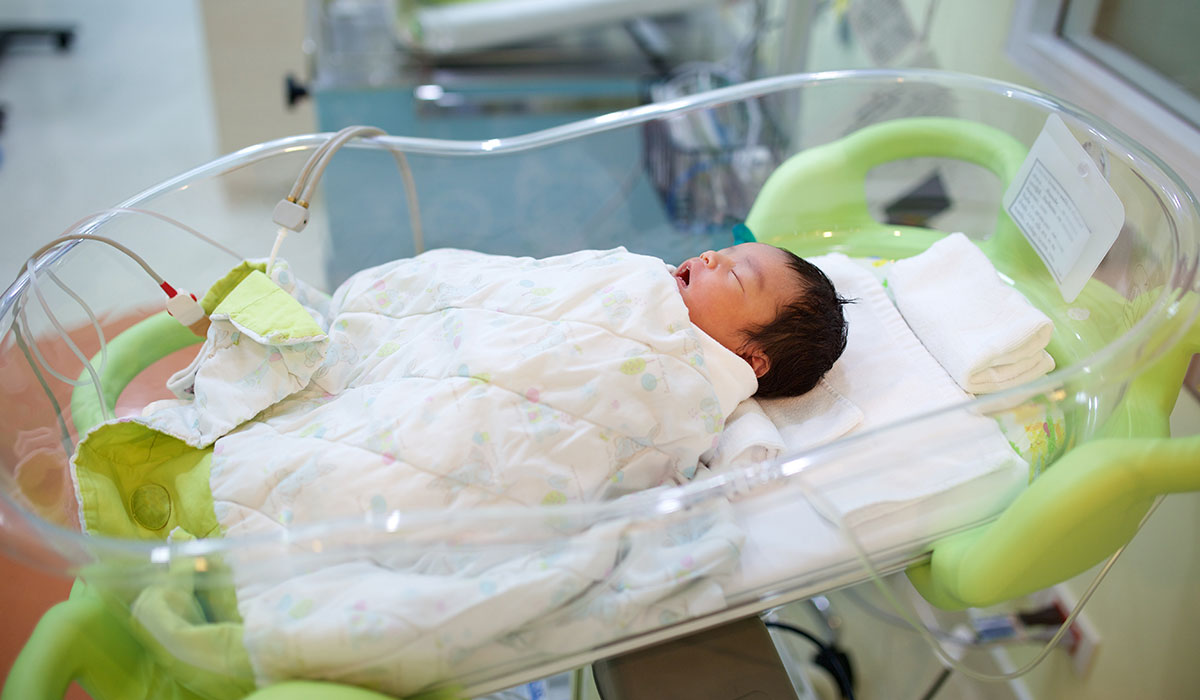Birth injuries can affect children on cognitive, emotional and physical levels, leading to significant developmental issues. Although some of these issues can be minor, others can have a considerable impact on children, as well as their families.
Fortunately, help is available for children and families in these situations through occupational therapy.
What is occupational therapy?
For many children, occupational therapy has been proven to be highly effective in helping them with daily activities like dressing, eating and playing so they can reach their full potential despite their injuries.
While both occupational therapy and physical therapy may be needed for your child depending on their individual circumstances, the two therapies differ in some important ways:
- Occupational therapy focuses on helping a child improve their ability to perform daily activities by helping with issues like fine motor skills, such as finger movements, sensory-processing issues, and visual-perceptual skills.
- Physical therapy focuses more on working with larger muscles to improve range of motion, endurance and strength, as well as relieve pain.
Some of the outcomes of occupational therapy include better school performance, increased functionality in life, and better relations with their families and peers. The primary focus of occupational therapy is to help kids develop greater independence.
What birth injuries can be improved with occupational therapy?
Occupational therapy may be helpful for kids with a number of birth injuries, including:
These conditions may have varying severity levels from child to child. Some children may face minimal disruption in their lives, while others may face significant challenges to everyday living.
While neonatal cooling therapy is an established and widely accepted treatment for infants suffering from HIE, it is crucial for medical professionals to adhere to specific protocols and guidelines to ensure that the treatment is effective and prevent any possible negative outcomes.
How does occupational therapy help kids with birth injuries?
An occupational therapist will evaluate your child’s performance against milestones considered developmentally appropriate for a child of that age group. A plan for your child will address concerns specific to their needs, but occupational therapy may be able to help children with the following:
- Improve fine motor skills to help children grasp toys, move small objects and write clearly
- Improve hand-eye coordination to help children play games like catch
- Improve coordination to help children be able to do everyday tasks like getting dressed and feeding themselves
- Improve behavioral issues in children who get angry or frustrated easily by teaching them various coping strategies
- Improve attention span in children with sensory issues by identifying those issues and addressing their causes
What do occupational therapists do to evaluate a child for occupational therapy?
An occupational therapy evaluation of children with birth defects will focus on assessing their developmental skills, muscle strength, eyesight and neurologic function because they greatly impact a child’s ability to play and learn.
Occupational therapists may assess a child’s abilities in any or all of the following areas:
- Fine motor function is the ability to use small muscles, like in the hands and fingers, to perform tasks. This may be assessed through a writing activity or test called the 9-Hole Peg Test.
- Gross motor function is the ability to use larger muscles to coordinate movements. This may be assessed through a game of catch.
- Cognitive function is the ability to use your brain to complete a complex task. This may be assessed by giving the child a set of directions and seeing if they can follow them.
- Hand-eye coordination is the ability to coordinate your movements according to what you see. This is often assessed through a test known as the Bells Test.
- Muscle strength and function can be tested by evaluating the child’s ability to push, pull or grasp an object.
- Sensory function is the ability to feel pressure, touch and temperature. This is often assessed by having the child close their eyes and respond if they feel a sensation.
- Energy levels and activity tolerance is often assessed through the therapist’s observations during the assessment as well as parent feedback.
Can infants and toddlers receive occupational therapy?
Infants and toddlers can and do receive occupational therapy. When pediatric occupational therapy begins at a young age, it helps lay the foundation for better success throughout life.
Children have age ranges in which they typically reach certain milestones, such as making sounds, crawling and uttering words. While not reaching certain milestones when expected is not always a reason for concern, showing a lack of progress after months may indicate a problem.
Occupational therapists can work with infants, toddlers and parents to identify and address any deficits and implement age-appropriate activities to improve the child’s strength and coordination in these areas.
What treatment options are part of occupational therapy?
Occupational therapists will usually use a mixture of activities and games tailored to the child’s special needs.
Movements that help address your child’s coordination and strength make it easier to adapt to life with a birth injury.
Games and activities to help your child’s fine motor skills may also be part of the therapy. Some popular board games for children or adaptive versions of these games may play a role in treatment.
Occupational therapists may also help children learn to use adaptive equipment. Some examples of adaptive equipment include utensils suitable for children with grip issues and mobility aids, such as wheelchairs or walkers.
Parents and caregivers will also learn how to assist with the developmental process so children can ultimately achieve greater independence.
Contact an attorney for help with your birth injury lawsuit
If you’re the parent of a child who suffered a birth injury, we encourage you to explore the many options available to help them achieve independence and live their life to the fullest. Unfortunately, the medical costs associated with therapy are often high, and these types of therapy may be necessary throughout your child’s life. That’s why it’s important to contact a birth injury attorney to ensure you receive the compensation you need to continue to support your child’s evolving needs.
If you believe your child suffered a birth injury because of a doctor’s medical negligence, contact attorney Laura Brown at Brown Trial Firm. Laura has years of experience in birth injury law, helping families like yours all across the U.S. get the compensation they deserve.
Contact her today for a free consultation of your case.
- Cerebral Palsy
- Caput Succedaneum and Cephalohematoma
- Neonatal Intracranial Hemorrhage (Childbirth Brain Bleeds)
- Hydrocephalus (Extra Fluid in the Brain Cavity)
- Cervical Dystonia
- Hemiplegia (Brain or Spinal Cord Injury)
- Hemorrhagic Stroke
- Neonatal Stroke
- HIE
- Periventricular Leukomalacia (PVL) Brain Injury
- Infant Seizures
- Spastic Diplegia (Spasticity in the Legs)
- Top Risks for Birth Injuries
- Fetal Alcohol Syndrome
- Facial Paralysis
- Spinal Cord Injuries
- Bell’s Palsy
- Brachial Plexus Nerves & Erb’s Palsy
- Klumpke’s Palsy
- G-Tubes for Newborns
- Medical Errors
- Cesarean Section & Birth Injury
- Negligence in Brain Cooling Treatment
- Craniosacral Therapy
- Occupational Therapy
- Speech Therapy
- Transition From Pediatric to Adult Healthcare
- Surgical Options for Spastic Cerebral Palsy
- Fetal Intolerance to Labor
- Jaundice (Kernicterus)
- Breech Position
- Placental Complications
- Umbilical Cord Problems
- Uterine Rupture
- Cervical Incompetence (Insufficiency)
- Blighted Ovum
- Necrotizing Enterocolitis (NEC) - Intestinal Inflammation
- Cephalopelvic Disproportion
- Meconium Aspiration Syndrome
- Amniotic Fluid Embolism
- Birth Injury from Premature Delivery
- Developmental Delays
- Abnormal Cord Insertion
- Infections at Birth
- Chorioamnionitis Bacterial Infection
- Premature birth
- Oxygen Deprivation
- Listeria
- Birth-Acquired Herpes
- Placenta Previa
- Placental Abruption
- Mismanaged Fetal Malposition
- Rapid Labor
- Obesity Related Birth Injuries
- Intrauterine Growth Restriction
- Blood Clots During Pregnancy
- Ectopic Pregnancy Misdiagnosis
- Myths & Facts About Birth Injuries
- Bacterial Vaginosis
- Gestational Diabetes
- Maternal Mortality Risk
- Oligohydramnios (Low Amniotic Fluid)
- Infections During Pregnancy
- Excessive Bleeding During Pregnancy
- Congenital Syphilis



